La sedia B 32 “CESCA” di Marcel Breuer – la perfetta semplicità
Marcel Breuer's B 32"CESCA" chair - the perfect simplicity
- 15 Lug 2018

La sedia B 32 (senza braccioli) e, in seguito, la B 64 (con braccioli) è stata disegnata da Marcel Breuer (1902 – 1981) nel 1929/1930. Oggi è più conosciuta con il nome di Cesca, la figlia adottiva di Breuer.
La sedia nasce da una serie di elaborazioni del modello detto sedia cantilever dell’architetto olandese Mart Stam (1899 – 1986) che aveva due soli montanti ripiegati a livello del pavimento e a livello del sedile collegati da un tubo orizzontale continuo. Nel 1927 Mart Stam la presenta a Mies Van der Rohe in occasione di una mostra sulla casa nel quartiere modello del modernismo, il Weissenhof di Stoccarda. In tale occasione Mart Stam presenta al pubblico una sedia che, per la sua semplicità e perfezione tra il design e la funzionalità sarà destinata a rivoluzionare per sempre il design del mobile. Il modello privo di gambe posteriori è frutto di una serie di esperimenti da lui condotti nel 1925 utilizzando i tubi del gas.
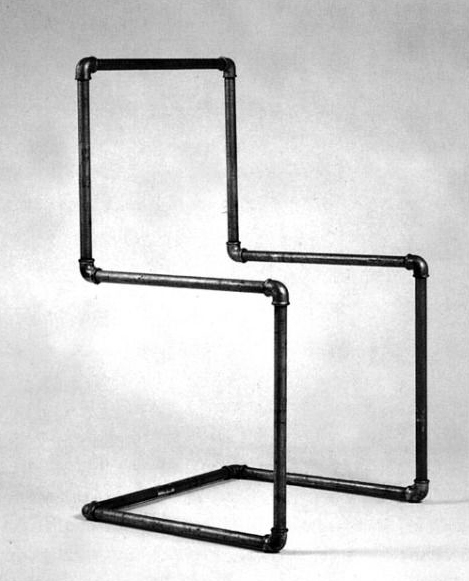
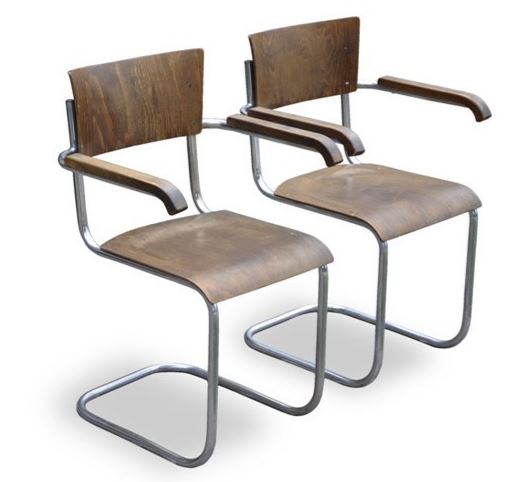
Inizialmente Mart Stam non ricerca tanto l’effetto elastico dell’acciaio tubolare curvato, quanto piuttosto una forma lineare che si integri perfettamente negli edifici moderni dell’epoca. Nel 1931 presenta la nuova sedia S 43, come variante del modello precedente, nella quale si fondono la linearità delle forme, l’estetica essenziale della struttura e il massimo comfort di seduta. ll gradevole effetto oscillante del telaio rende superflua l’imbottitura della seduta, dando la sensazione di stare seduti per aria.
Lo stesso Mies Van der Rohe propose due modelli di sedia cantilever tubolare (MR 10 e MR 20) con una struttura molto più elastica, facendo proseguire un unico arco a ferro di cavallo a formare la seduta. Due esemplari di sedia MR sono attualmente presenti al Centro nazionale d’arte e di cultura Georges Pompidou a Parigi.

Sedia MR 10 e MR 20
Breuer parte dall’idea di reinterpretare la sedia a sbalzo di Mart Stam, riducendo il tubolare e inserendo legno curvato con sedile e schienale in paglia di Vienna. Questa sedia che entrò in produzione nel 1929 ed è prodotta ancora oggi, rappresenta lo stesso spirito di rinnovamento tecnologico che aveva il funzionalismo prima e del movimento moderno (architettura razionalista) poi e, nel contempo, la sintesi della famosa frase “Less is more” di Mies Van der Rohe. Attualmente la sua produzione avviene in Germania da THONET GmbH col nome di S 32 ed S 64 e presso la KNOLL international.
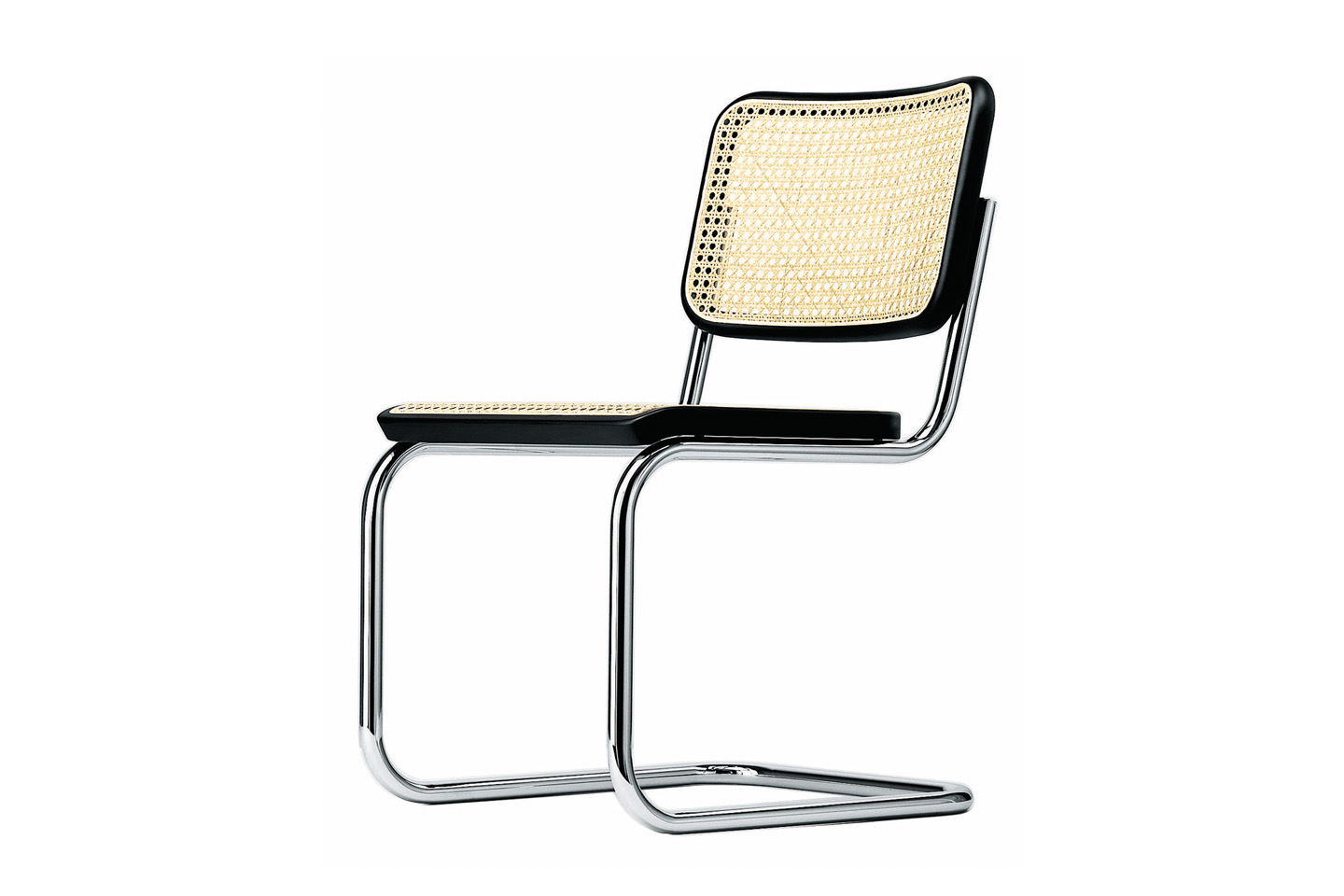 |
 |
| Sedia S 32 THONET | Cesca chair – Armless KNOLL |
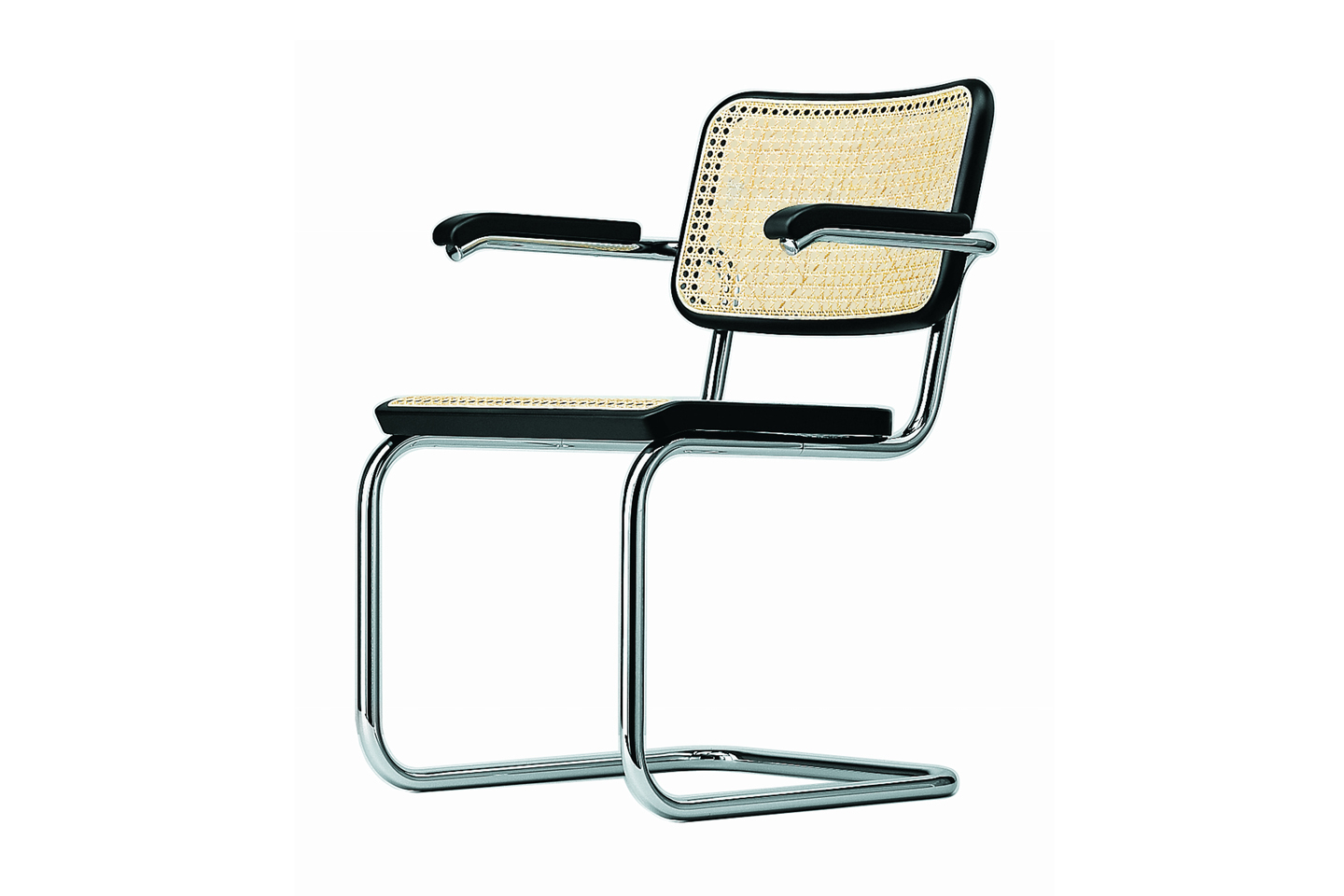 |
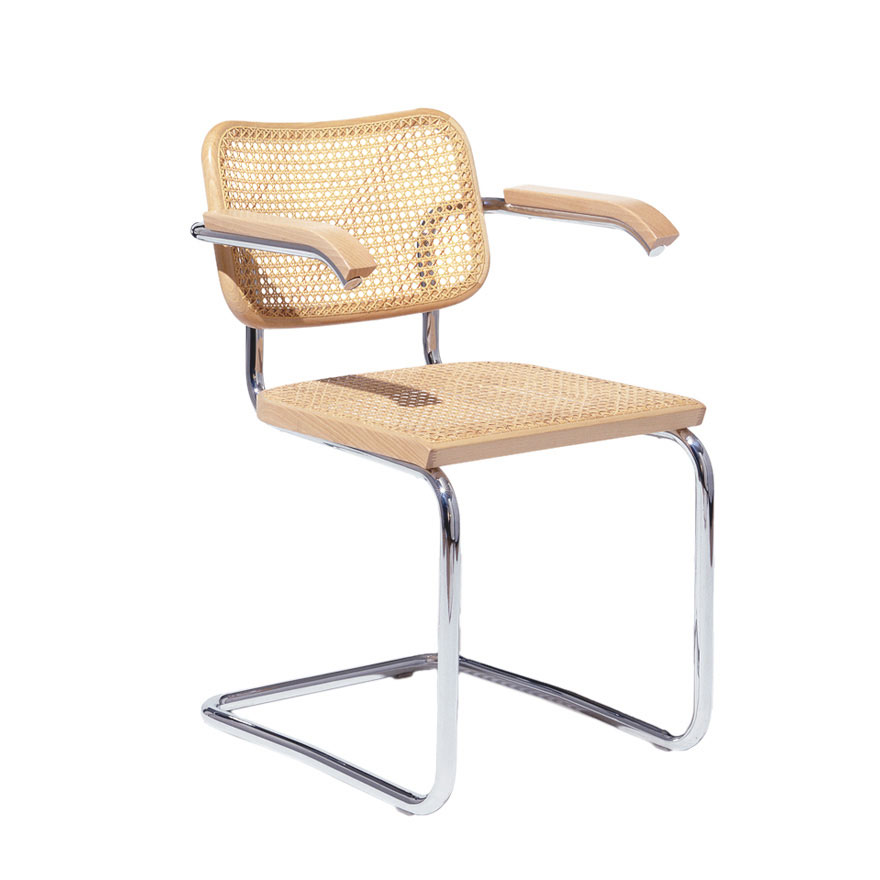 |
| Sedia S 64 THONET | Cesca chair – with Arms KNOLL |
La sedia S 32 THONET viene venduta al prezzo di €768,60 ($ 1.243,00 KNOLL) mentre la S64 a € 1085,80 ($ 1.356,00 KNOLL)
fonti:
https://www.botterweg.com
https://www.italianvintagesofa.com
http://it.thonet.de/homehtml.html
https://www.knoll.com/
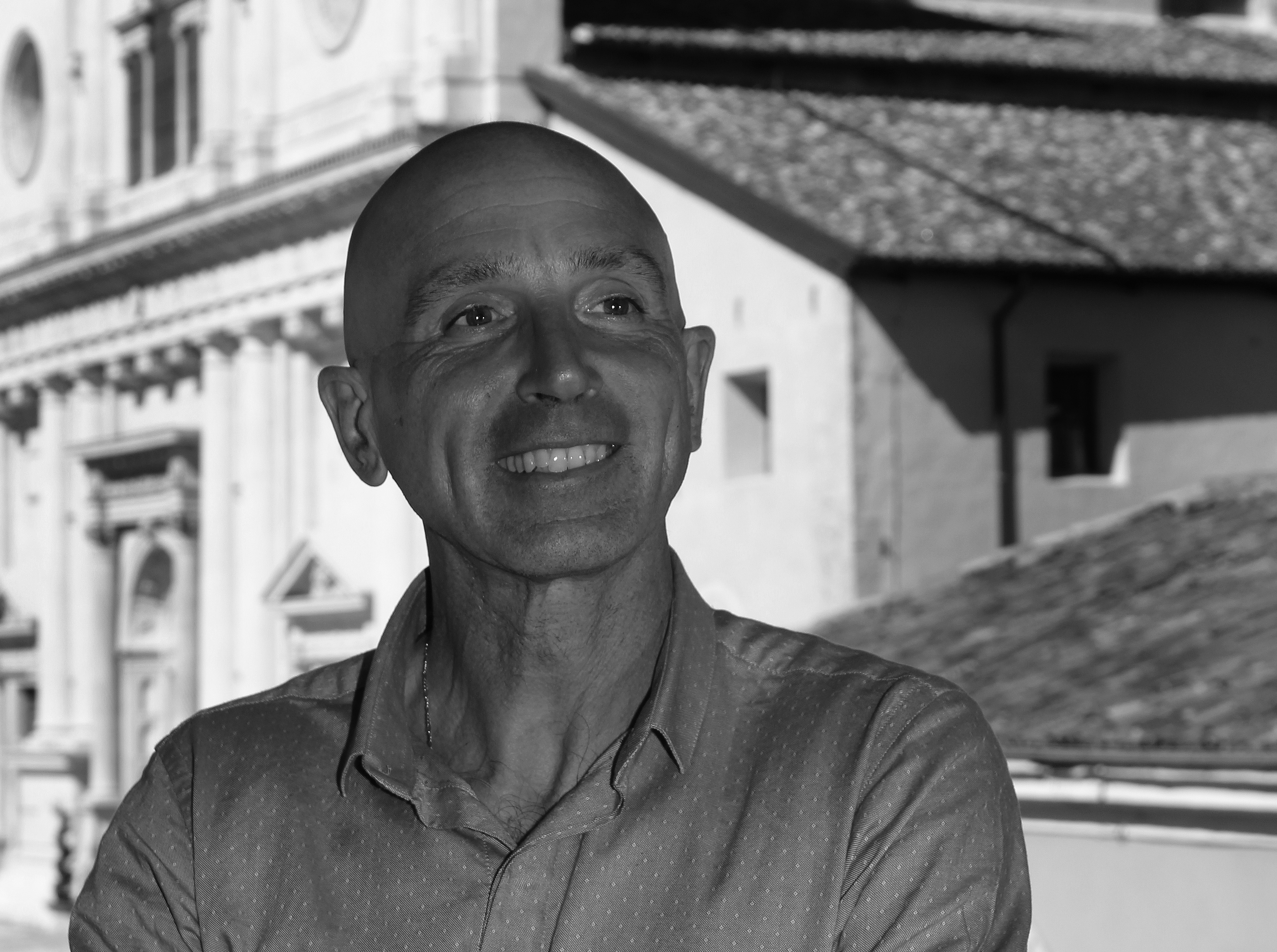 Arch. Anselmo Santilli- ZED PROGETTI srl
Arch. Anselmo Santilli- ZED PROGETTI srl
The B 32 chair (without armrests) and later the B64 chair (with armrests) were designed by Marcel Breuer (1902-1981) in 1929-30. Today it is better known by the name of Cesca, Breuer’s adopted daughter.
The chair was born from a series of elaborations of the cantilever model of the Dutch architect Mart Stam (1899 – 1986), which had only two uprights folded at floor level and at seat level connected by a continuous horizontal tube. In 1927 Mart Stam presented it to Mies Van der Rohe on the occasion of an exhibition on the house in the model district of modernism, the Weissenhof in Stuttgart. On that occasion Mart Stam presents to the public a chair that, for its simplicity and perfection between design and functionality, will revolutionize furniture design forever. The model without back legs is the result of a series of experiments he conducted in 1925 using gas tubes.
Initially Mart Stam was not so much looking for the elastic effect of curved tubular steel as for a linear shape that perfectly integrated into the modern buildings of the time. In 1931 he presented the new S 43 chair, as a variant of the previous model, in which the linearity of the forms, the essential aesthetics of the structure and the maximum comfort of the seat are combined. The pleasant oscillating effect of the frame eliminates the need for seat padding, giving the sensation of sitting in the air.Mies Van der Rohe also proposed two models of cantilever tubular chair (MR 10 and MR 20) with a much more elastic structure, continuing a single horseshoe arch to form the seat. Two examples are currently present at the Georges Pompidou National Centre of Art and Culture in Paris.
Breuer started with the idea of reinterpreting the cantilever chair by Mart Stam, reducing the tubular and inserting curved wood with a Vienna straw seat and back. This chair, which came into production in 1929 and is still produced today, represents the same spirit of technological renewal that rationalist architecture had and, at the same time, the synthesis of the famous phrase “Less is more” by Mies Van der Rohe. It is currently produced in Germany by THONET GmbH under the names S 32 and S 64 and at Knoll international.
The S 32 THONET chair costs €768.60 ($ 1,243.00 KNOLL) and € 1,085.80 for the S 64 ($ 1,356.00 KNOLL).

